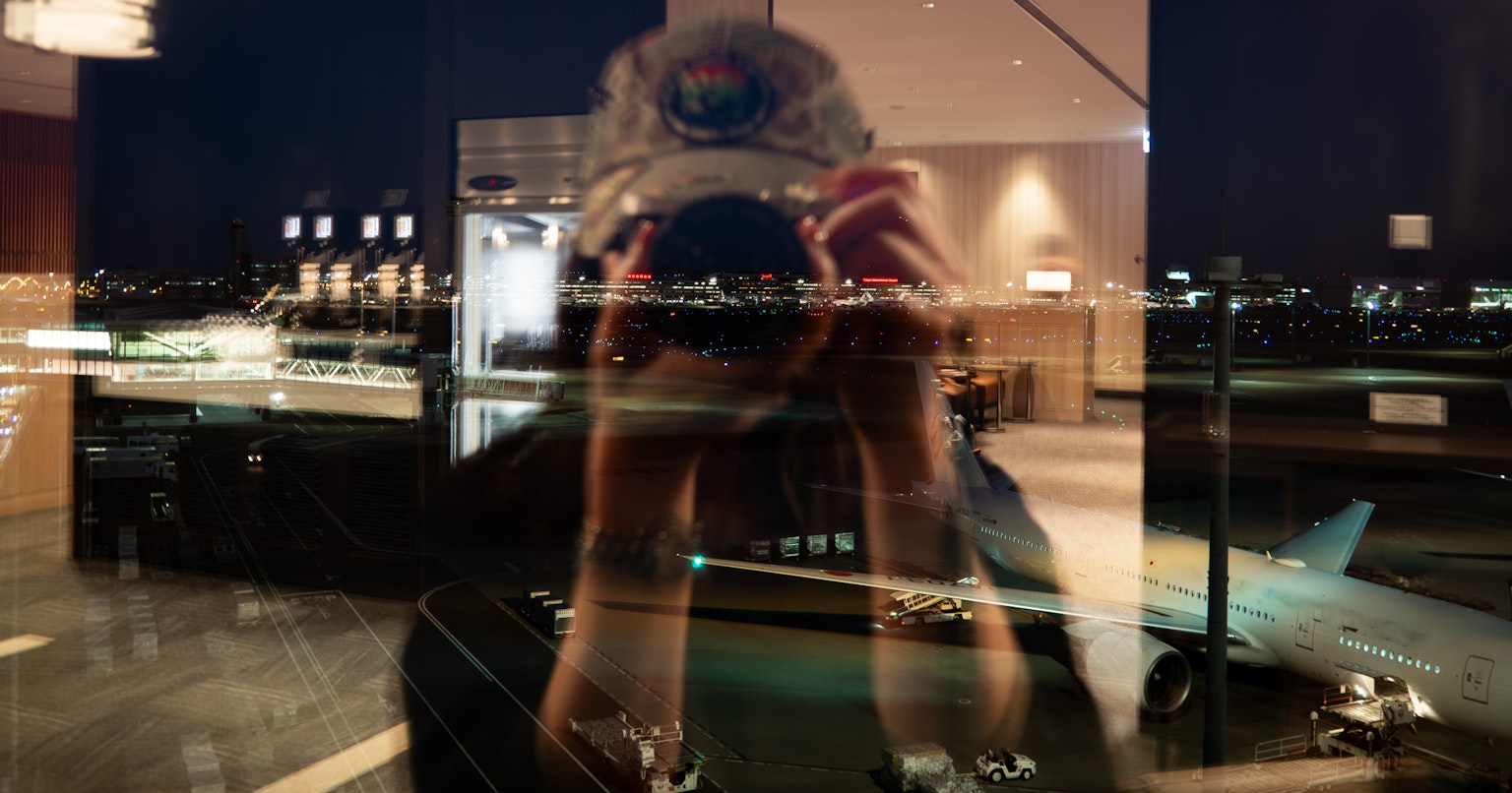
cover image by Namic
Have you ever been confused about choosing a camera?
Finding the perfect camera among the many types and features is not easy. This time, we will clearly introduce the steps to choose a camera that suits your needs. From beginners to advanced users, you will no longer be confused about choosing a camera. By following the items introduced in this article, you should be able to find the best camera you are looking for.
Identify Your Needs
First, clarify your shooting style and purpose. Consider the following points.
- Type of Photography: What kind of photos do you want to take, such as landscapes, portraits, sports, or travel?
- Frequency of Use and Skill Level: How often do you plan to use the camera? Also, what is your level of photography skills?

Image by TATSU
Set a Budget
Next, consider the budget for your camera. It's important to set a realistic budget and find the most cost-effective camera within that range. Balance the necessary features with the cost.
Research Camera Types
There are mainly three types of cameras. Understand the characteristics of each and choose the type that best suits your needs.
- DSLR: Known for optical viewfinders, long battery life, and sturdy construction, suitable for a wide range of photography. A good choice for those who want to start photography seriously.
- Mirrorless: Features electronic viewfinders, lightweight, and fast autofocus, popular for travel and street photography. Many models are also strong in video shooting.
- Compact Camera: Attractive for portability and ease of use, ideal for casual shooting. Suitable for those seeking higher quality photos than a smartphone.
Check Essential Features
Next, check the important features of the camera. Pay attention to the following points.
- Megapixels: Higher megapixels enable high-resolution photos, but other factors like sensor size are also important.
- Sensor Size: The larger the sensor, the better the image quality, low-light performance, and depth of field control.
- Lens Compatibility: Check if it supports the lenses you want to use.
- ISO Range: Higher ISO sensitivity improves performance in low-light conditions.
- Autofocus System: For shooting fast-moving subjects, more focus points enhance performance.

Image by Siili
Compare Brands and Models
Next, compare camera brands. Each brand, such as Canon, Nikon, Sony, and Fujifilm, has its own strengths.
- Canon: Known for excellent color balance and models with high usability for beginners.
- Nikon: Robust bodies and excellent lens compatibility, strong in landscapes and portraits.
- Sony: Leading in mirrorless cameras, known for high autofocus performance and video capabilities.
- Fujifilm: Popular for retro design and unique film simulation.
Try It Out
Before purchasing a camera, it is recommended to try it out in person. Check the following points. By actually handling it in a store, you can confirm the feel of the camera and find the one that suits you.
- Usability: Is the button layout and menu structure easy to use?
- Feel: Does the grip and weight suit you?

Image by Namic
Ultimately, Trust Your Instincts
The key in the camera selection process is to thoroughly understand your shooting style and needs. It's also important to identify the features you truly need without being swayed by the latest technology or trends. For example, beginners might benefit from focusing on ease of use and intuitive operation rather than being distracted by expensive professional features.
Based on these steps, choose the camera that best fits your needs and budget. Ultimately, it might also be important to trust your instincts when making a decision.



